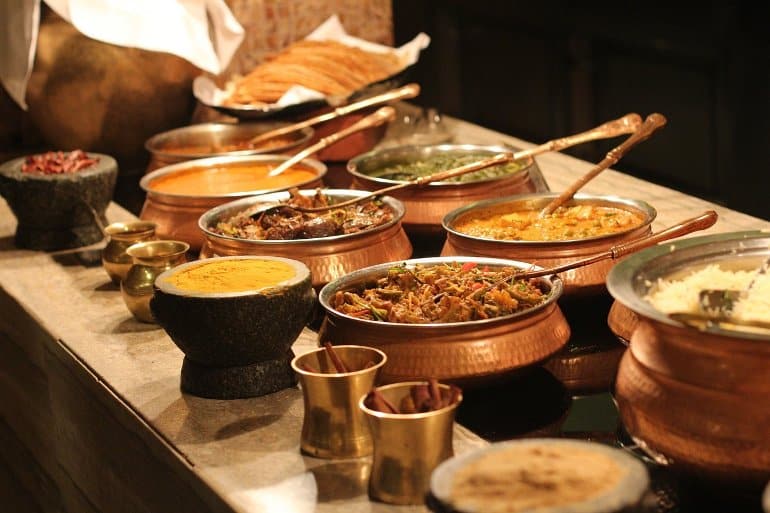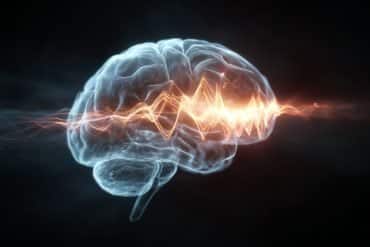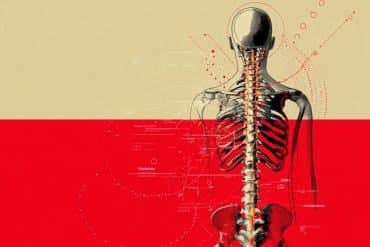Summary: Researchers have identified over 400 different genes associated with people’s liking of different foods including avocados, chilies, oily fish, and more.
Source: University of Edinburgh
The reasons why people love certain foods and turn their noses up at others, has to do with more than their cultures or even their taste buds… their genes play a significant role too, a new study reveals.
Researchers have identified hundreds of genetic variants—differences in peoples’ genetic make-up—linked with their liking for specific foods, including ones associated with a love of aniseed, avocados, chilies, steak, oily fish and many more.
In the largest genetic study of food liking, scientists from the University of Edinburgh and Human Technopole, Milan studied more than 150,000 individuals’ fondness for 137 different foods and beverages.
They found 401 genetic variants that influenced which foods participants liked. Many of these variants affected more than one food-liking trait and some only one particular food.
For example, some genetic variants were linked with an enjoyment for only salmon, while other groups of variants increased a liking for oily fish or all fish in general.
The team used questionnaires and genetic analysis to develop a so-called “food map”—showing how participants’ appreciation of groups of food and specific flavors are influenced by similar genetic variants.
The map reveals three main clusters of foods that share a similar genetic component.
One group is made up of high-calorie and highly palatable foods such as meat, dairy and desserts; another group consists of strong-tasting foods that are known as “acquired,” including alcohol and pungent vegetables; and a third group contains low-calorie foods such as fruit and vegetables.
Health traits
Researchers discovered that the three food groups also shared genes known to be associated with distinct health traits.
For example, the highly palatable foods are influenced by the same genetic variants also linked with obesity and lower levels of physical activity.
A higher liking for fruit and vegetables is influenced by the same variants that are related to higher levels of physical activity. And higher liking for “acquired” tastes are genetically associated with a healthier cholesterol profile and higher physical activity but also a higher likelihood of smoking and alcohol intake.
However, the team was surprised to find genetic differences between liking subsets of foods within the same category. For example, they expected that genetic variants relating to liking vegetables would be consistent across all types of vegetables, meaning that people who liked one vegetable would like them all.
Instead, they found a weak relationship between the genes associated with cooked and salad vegetables and the genes linked with stronger tasting vegetables such as spinach and asparagus.
Brain patterns
Lastly, the team found little correlation between the genes linked with high-calorie foods and the other two groups, suggesting there are independent biological processes underlying the liking for highly palatable foods.
MRI scans found a correlation between the part of the brain involved with pleasure processing and the genetic variation linked with highly palatable foods, whilst the low calorie and strong tasting foods correlated with areas of the brain associated with decision making.
Experts say that by having a better understanding of what drives peoples’ food choices, their research could help to develop healthier and more accepted food products, improve dietary interventions and potentially lead to medications to support extremely obese people lose weight.

The research was published in Nature Communications.
“This is a great example of applying complex statistical methods to large genetic datasets in order to reveal new biology, in this case the underlying basis of what we like to eat and how that is structured hierarchically, from individual items up to large groups of foodstuffs,” says Professor Jim Wilson.
“One of the important messages from this paper is that although taste receptors and thus taste is important in determining which foods you like, it is in fact what happens in your brain which is driving what we observe,” says Dr. Nicola Pirastu.
“Another important observation is that the main division of preferences is not between savory and sweet foods, as might have been expected, but between highly pleasurable and high calorie foods and those for which taste needs to be learned. This difference is reflected in the regions of the brain involved in their liking and it strongly points to an underlying biological mechanism.”
About this genetics research news
Author: Press Office
Source: University of Edinburgh
Contact: Press Office – University of Edinburgh
Image: The image is in the public domain
Original Research: Open access.
“Large-scale GWAS of food liking reveals genetic determinants and genetic correlations with distinct neurophysiological traits” by Sebastian May-Wilson et al. Nature Communications
Abstract
Large-scale GWAS of food liking reveals genetic determinants and genetic correlations with distinct neurophysiological traits
We present the results of a GWAS of food liking conducted on 161,625 participants from the UK-Biobank. Liking was assessed over 139 specific foods using a 9-point scale.
Genetic correlations coupled with structural equation modelling identified a multi-level hierarchical map of food-liking with three main dimensions: “Highly-palatable”, “Acquired” and “Low-caloric”.
The Highly-palatable dimension is genetically uncorrelated from the other two, suggesting that independent processes underlie liking high reward foods. This is confirmed by genetic correlations with MRI brain traits which show with distinct associations.
Comparison with the corresponding food consumption traits shows a high genetic correlation, while liking exhibits twice the heritability. GWAS analysis identified 1,401 significant food-liking associations which showed substantial agreement in the direction of effects with 11 independent cohorts.
In conclusion, we created a comprehensive map of the genetic determinants and associated neurophysiological factors of food-liking.






